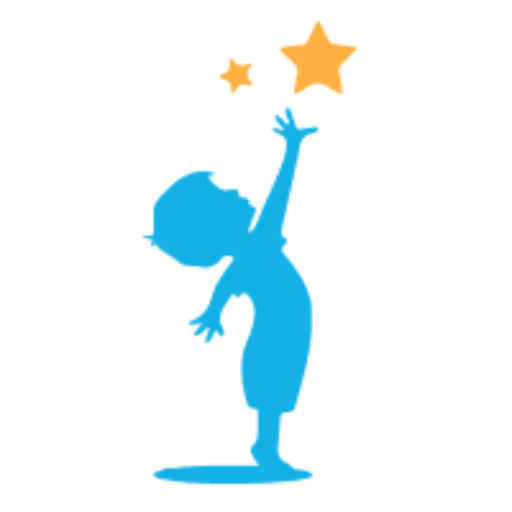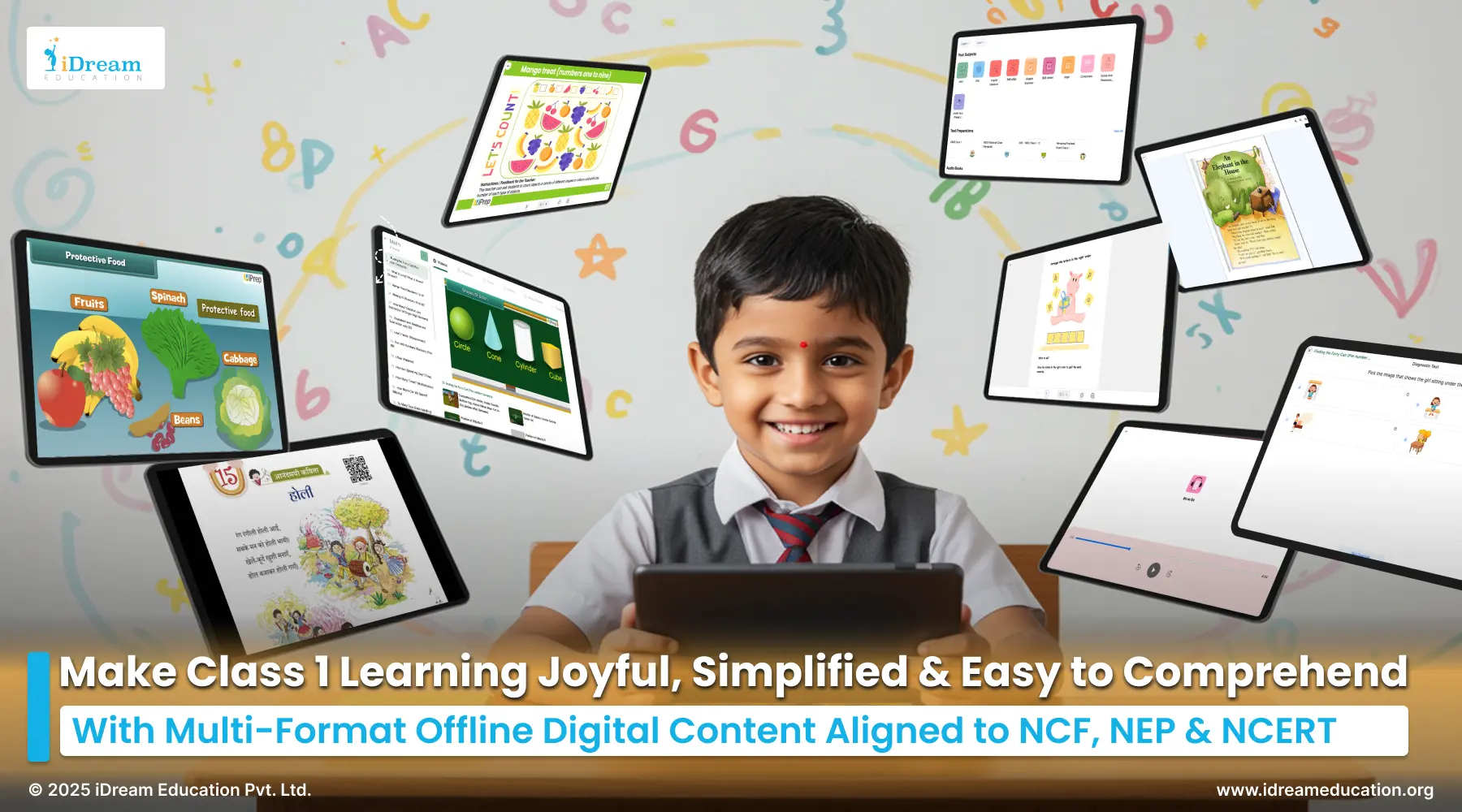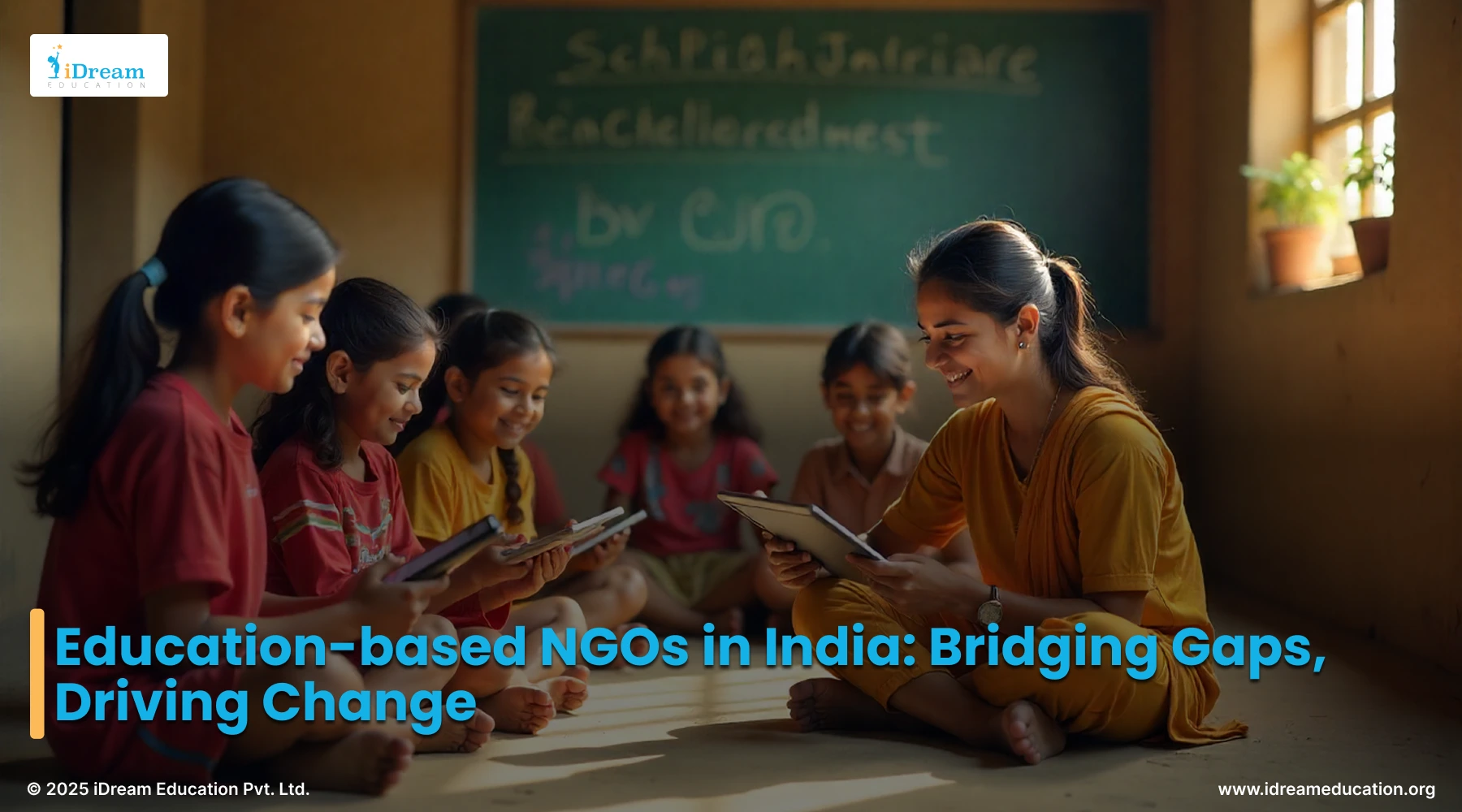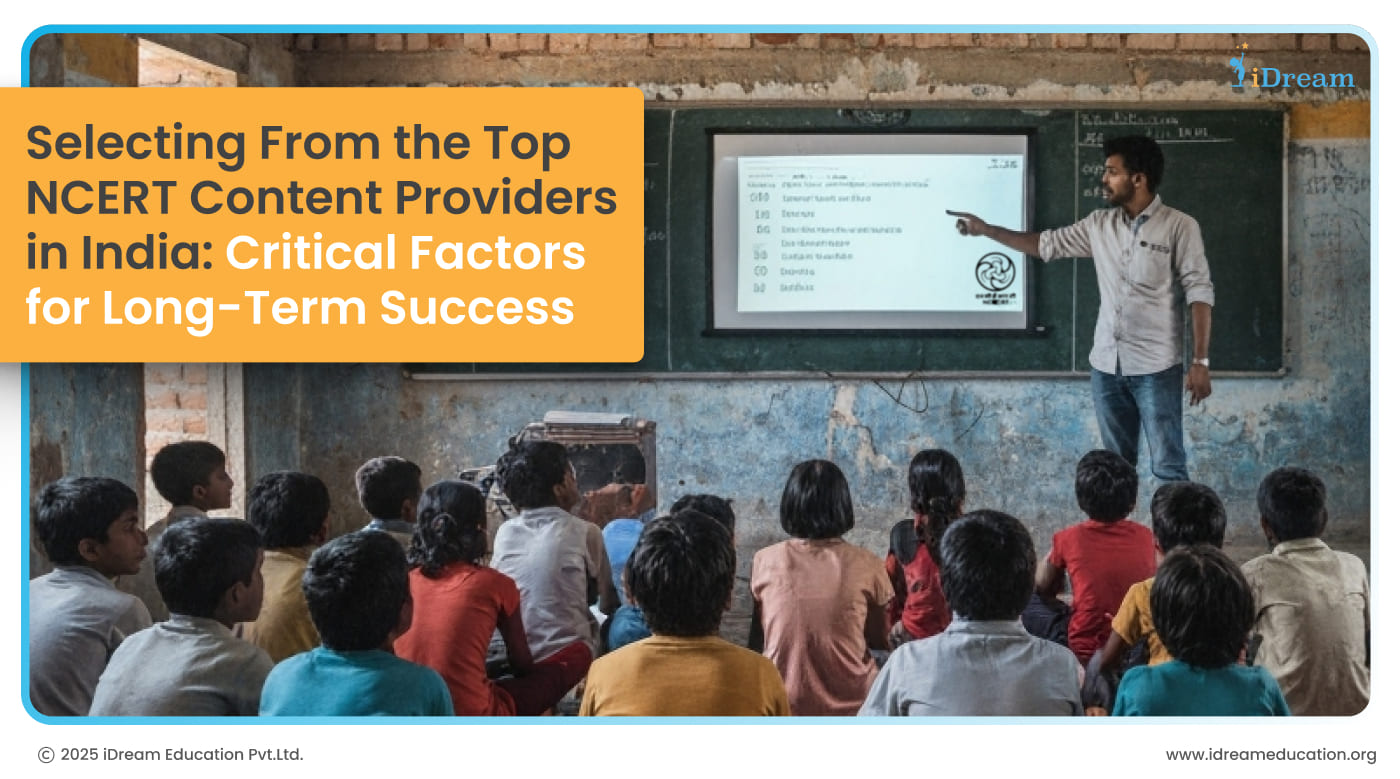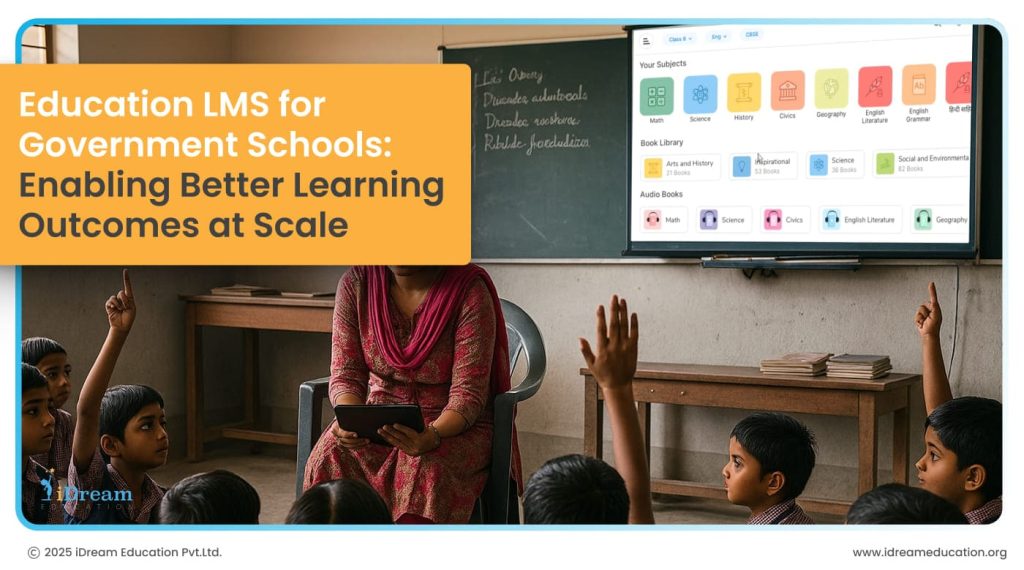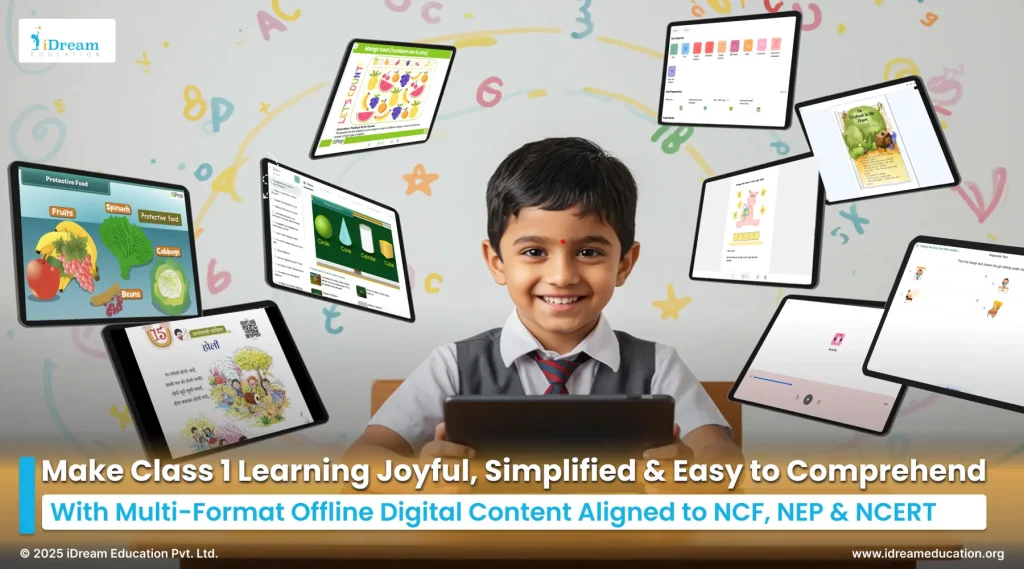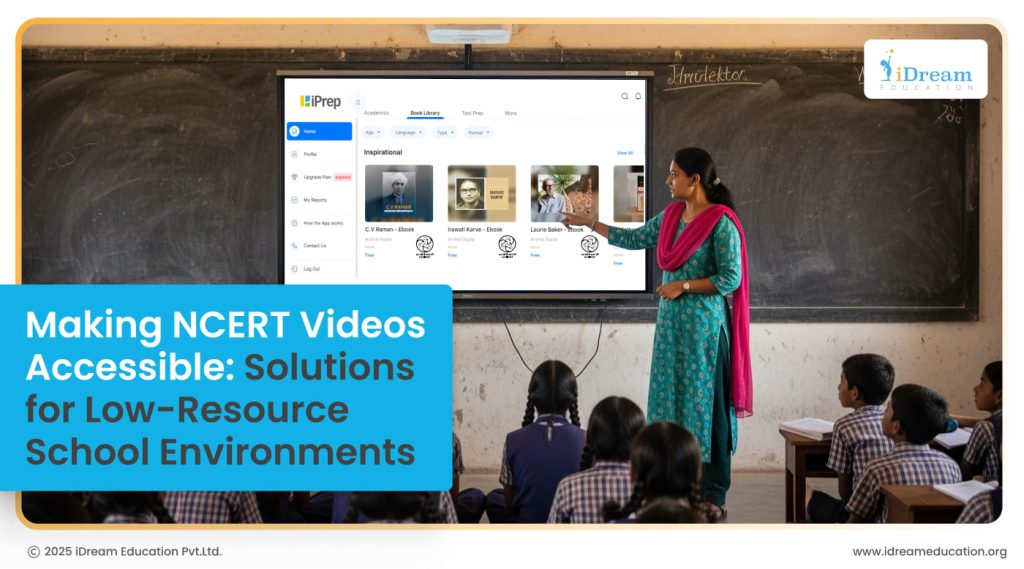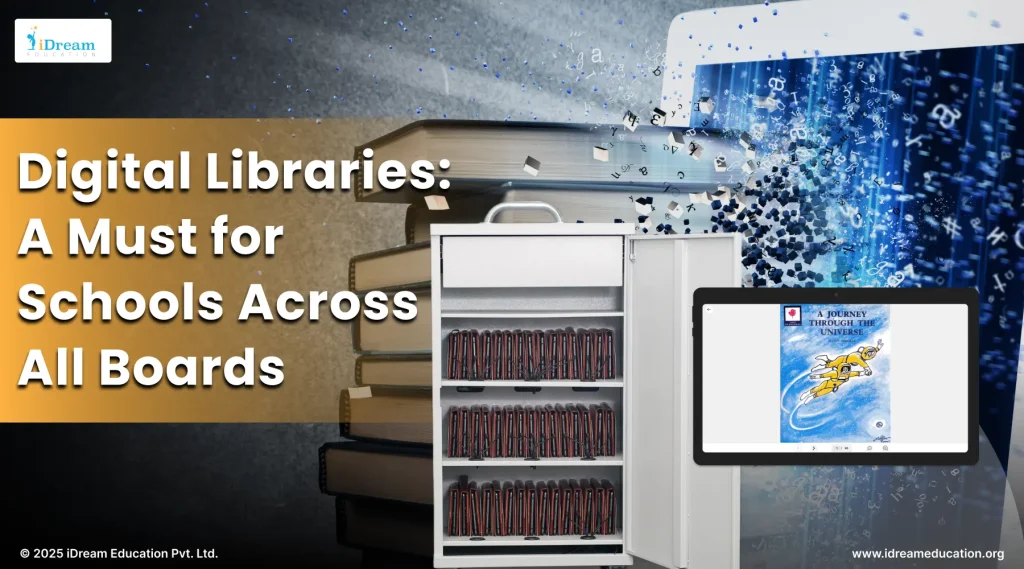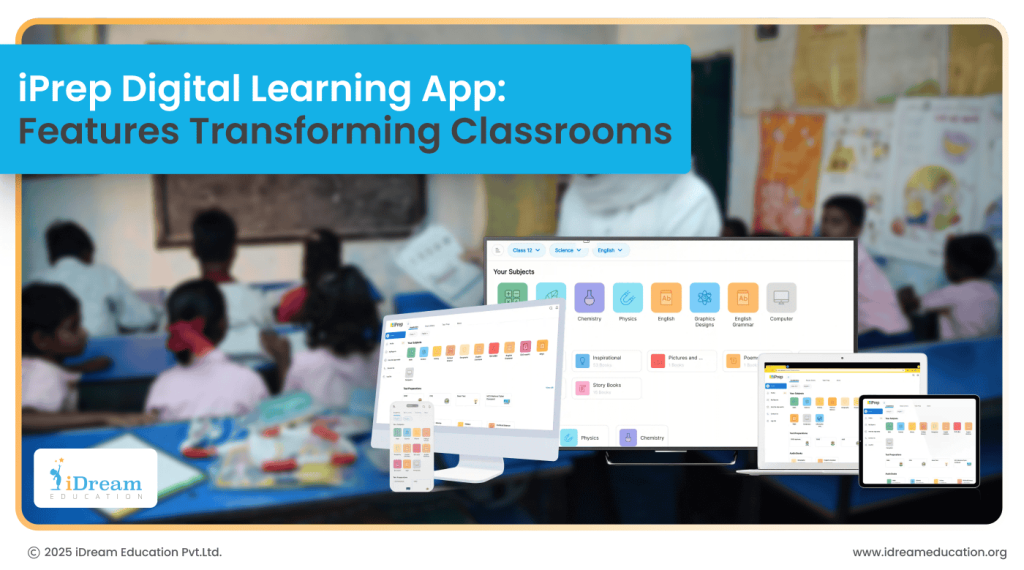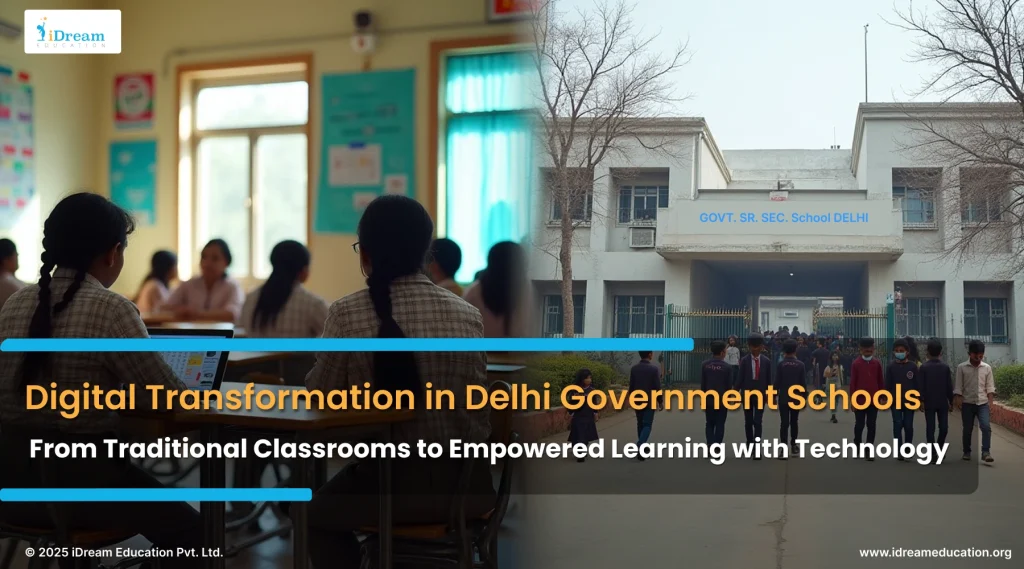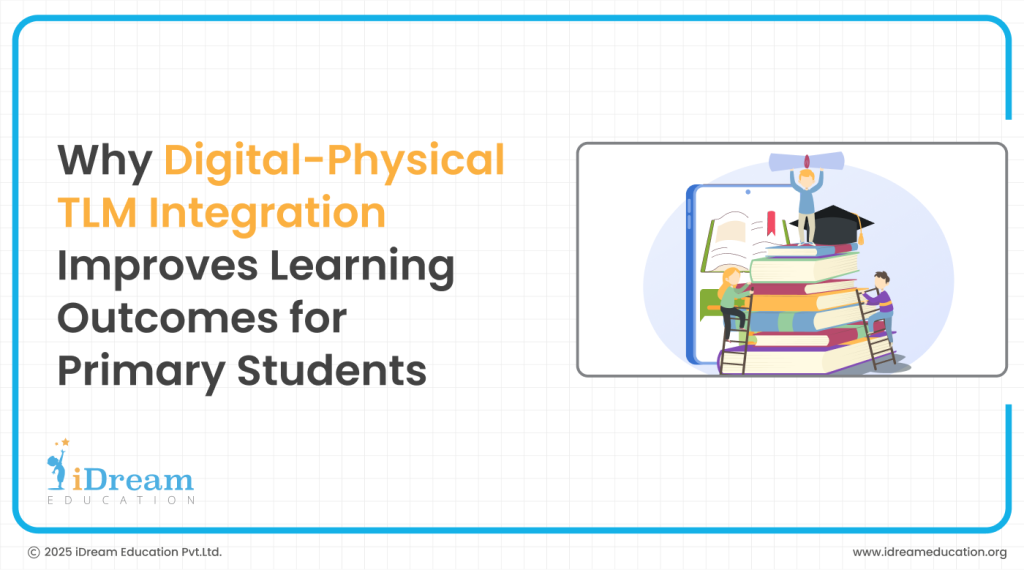
Teaching learning material for primary education in India faces a critical challenge. With 24.8 crore students across 14.72 lakh schools, the ASER 2024 survey reveals that over 50% of Class 5 students still cannot read Class 2-level text, despite pre-primary enrollment reaching 83.4%.
Often, schools believe they must choose between traditional TLM for primary students and digital tools. This dilemma leaves teachers struggling with outdated physical resources that lack engagement, or overwhelming digital-only solutions that create screen fatigue and stunt essential motor skill development.
The reality is, an integrated approach works best. Schools successfully combining both digital content and physical TLM see improved learning outcomes.
This guide shows how to implement a balanced TLM for primary education that transforms learning outcomes through proven integration methods.
How Multi-Sensory Teaching Learning Materials Enhance Primary Learning Outcomes
Children learn best when they use all their senses. When young learners see, touch, hear, and move while learning, they create stronger connections in their brains.
Research shows that these hands-on, multi-sensory experiences make learning more joyful and help children remember what they’ve learned for much longer.
TLM for primary education that combines sensory inputs, like storybooks, manipulatives, and audiovisual tools, can strengthen conceptual understanding. For example, handling blocks while watching a video on shapes helps build foundational geometry skills.
Digital teaching learning material, including animations and video lessons, engage visual and auditory memory. On the other hand, physical resources such as flashcards, clay, and activity kits foster kinesthetic learning and hands-on exploration.
Cognitive science also emphasises that children process information differently. Some learn best through visuals, others through sound or physical activity.
In this context, an integrated TLM approach supports these varied learning styles, offering multiple entry points to the same concept and allowing tutors to reach every child.
Read More: Importance of Digital Learning in Early Education: A Roadmap for Success
TLM for Primary Education: Overcoming Digital-Only Learning Challenges with Physical Experiences
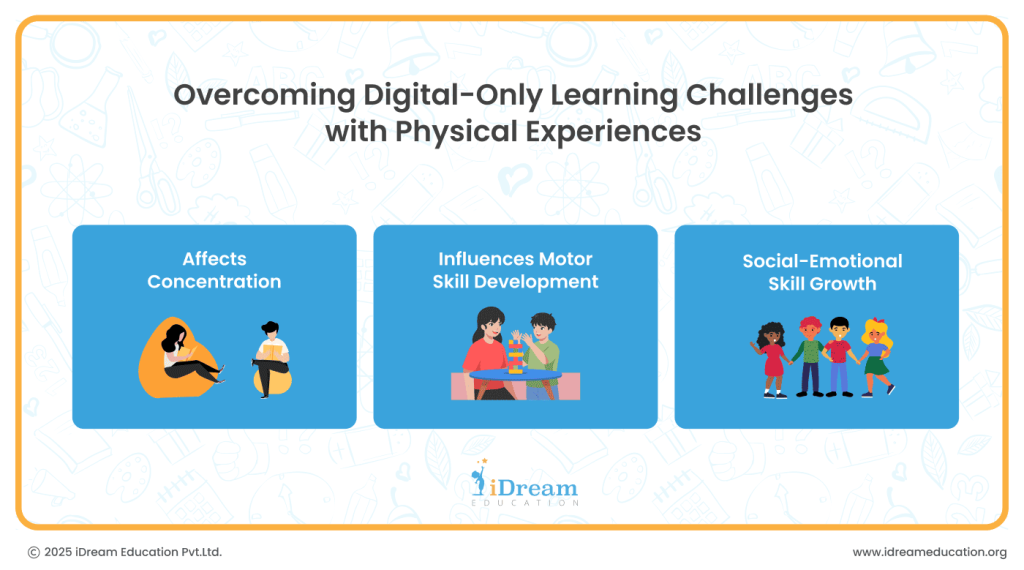
While digital content is known to empower students to learn by boosting engagement and improving a school’s scalability, sole reliance on screens can be overwhelming for primary learners.
Here’s why:
- Affects Children’s Concentration: Extended screen time can affect attention span and lower physical activity. Plus, children’s eyes and minds can tire quickly from prolonged screen usage.
- Influences Motor Skill Development: Fine motor skills, like holding a pencil, cutting paper, planting a plant, or tying a knot, develop through hands-on experiences. They form the foundation for later academic and extracurricular tasks. Digital tools can hardly replace this.
- Social-Emotional Skill Growth: Social-emotional development is closely linked with peer interaction. Kids learn to read facial expressions, take turns, and resolve conflicts by working with real materials alongside classmates.
On top of that, embodied learning, where children use their bodies to explore and express, is crucial in the early years. Whether it’s dancing to a rhyme or assembling puzzle pieces, such activities drive deeper mental and physical development.
It also develops other crucial emotions in children, like empathy, kindness, and kinship.
TLM for Primary Education Under Digital India
India’s education system has evolved significantly under the Digital India initiative, National Education Policy (NEP), DIKSHA platform, and NIPUN Bharat Mission.
While traditional teaching learning materials—textbooks, charts, chalkboards, and paper assessments—have formed the foundation of quality education for generations, teachers consistently seek ways to provide more personalised attention, adapt lessons for diverse learning styles, and identify learning gaps earlier in the educational process.
Each child’s learning capability is unique, too. Traditional methods offer valuable structure and familiarity, but resource-constrained schools face real challenges in maintaining current, comprehensive materials.
In this scenario, digital tools such as LMS with instructional material for K12 and eBook libraries can provide extensive collections of books, worksheets, and instructional content on a single device. This expands educational access while reducing the need for physical storage.
This is particularly valuable for schools in geographically remote regions, where digital solutions can deliver quality education despite infrastructural limitations.
Building upon traditional foundations, tools like the K12 Learning app for K12 education in India complement existing practices. Besides NCERT digital content, K12 learning material and K12 TLM offers immediate feedback, allowing teachers to provide timely support without abandoning proven classroom methods.
Read More: Early Learning 𑗅 Digital Learning Content for FLN
Delivering Maximum Impact: Combining Digital and Physical TLM for Primary Education
The most effective teaching method is combining both digital and physical TLM for primary graders, using each for what it does best. This blended approach creates powerful learning opportunities when thoughtfully implemented.
For example, a lesson on plant growth can begin with a short animated video, followed by a real seed planting and recording observations. It can be completed by a digital quiz and an instant feedback session.
iPrep ICT Smart Lab, an advanced Digital Library, supports such integration by offering structured, NCERT Content that works alongside physical books.
With this, teachers can move seamlessly between formats and decide which topics to teach digitally and physically, keeping learning well-rounded, enjoyable, and personalised.
In addition, learning tablets/Chromebook-based TLMs can travel easily between classrooms, playgrounds, and even educational trips.
Read More: Personalised Learning: A Way To Quality Education
5 Implementation Strategies for Balanced Teaching Learning Materials
Bringing blended teaching and learning materials to primary classrooms requires smart planning. Here’s how educators can proceed:
- Create mixed-learning spaces: Arrange classrooms to support both types of learning. Desks and chairs for physical books work alongside a digital library rack station.
- Train teachers: Empower them to balance digital and physical tools meaningfully. For instance, they should know which method would work best to introduce a new concept and when to reinforce the other one.
- Structure the timetable: Allocate time for both formats so that children don’t experience screen fatigue or book overload.
- Curate content purposefully: Use digital tools for visual-heavy, self-paced, or abstract topics in different languages. Use physical tools for creativity, teamwork, and sensory development.
- Develop a smart classroom: In a smart classroom, schools can link digital and physical TLM to the existing curriculum. This helps students build knowledge step by step. Reporting and analytics functions can further help track progress and plan lessons accordingly.
TLM in Primary Education: Successful Integration Models
Here are a few of the many success stories from schools that have integrated iPrep solutions, balancing physical-digital integration:
- Army Goodwill Schools, Kashmir: Used iPrep tablets with offline access to videos, storybooks, and quizzes, combined with classroom activities. After traditional explanations, students engaged with digital content at their own pace.
- Government School, Gurgaon: Introduced iPrep alongside textbooks. Teachers used the digital library to clarify complex concepts in science and math, then followed up with textbook problems and class discussions.
- Sangvi School, Telangana: Students used tablets in group settings where they alternated between digital and physical tasks. They also used the libraries in offline mode to ensure learning continuity even with poor internet.
Watch Now:
.
Key Takeaway
Digital and physical teaching learning materials work better together than either approach alone. Schools that want to implement a balanced approach should start by auditing current resources to identify gaps in either digital or physical materials.
iDream Education’s innovative iPrep Digital Library excel at integrating digital-physical TLM for primary learners with several offerings, such as:
- A diverse collection of pre-loaded NCERT digital books and smart classroom content that supports various skill levels and learning styles
- Offline content that can be accessed from any remote region
- Curated content, including picture books, syllabus books, test papers, activity videos, and audiobooks
- Built-in cloud-based reporting system
- Lockable digital library that accommodates up to 45 tablets and notebooks
- Single charging point which can be used with a solar energy source as well
To learn how to integrate the iPrep Digital Library into your existing physical teaching-learning material affordably, contact us.
To learn more, you may contact us at +91 7678265039.
You can also share your details here or write to us share@idreameducation.org.

